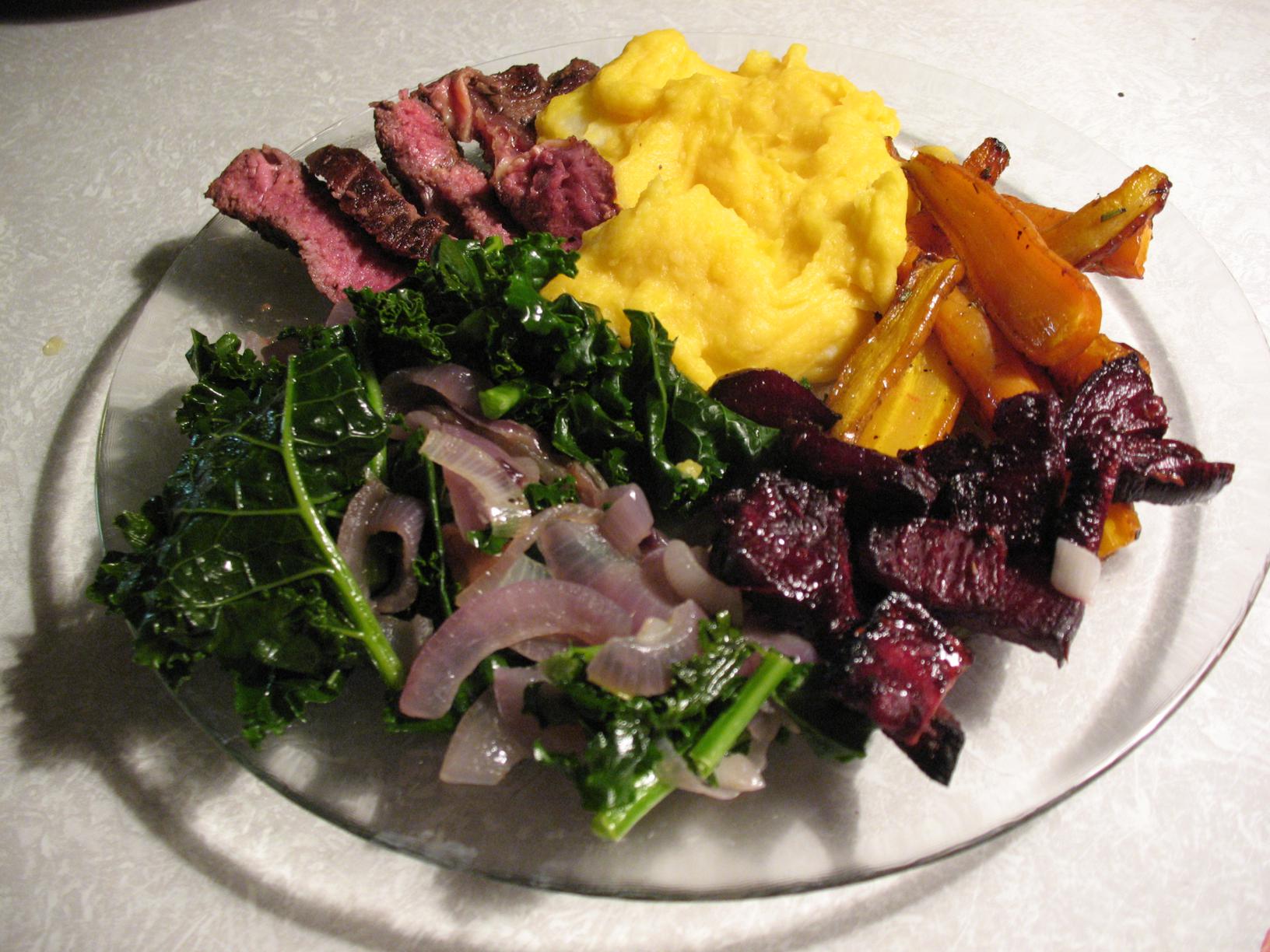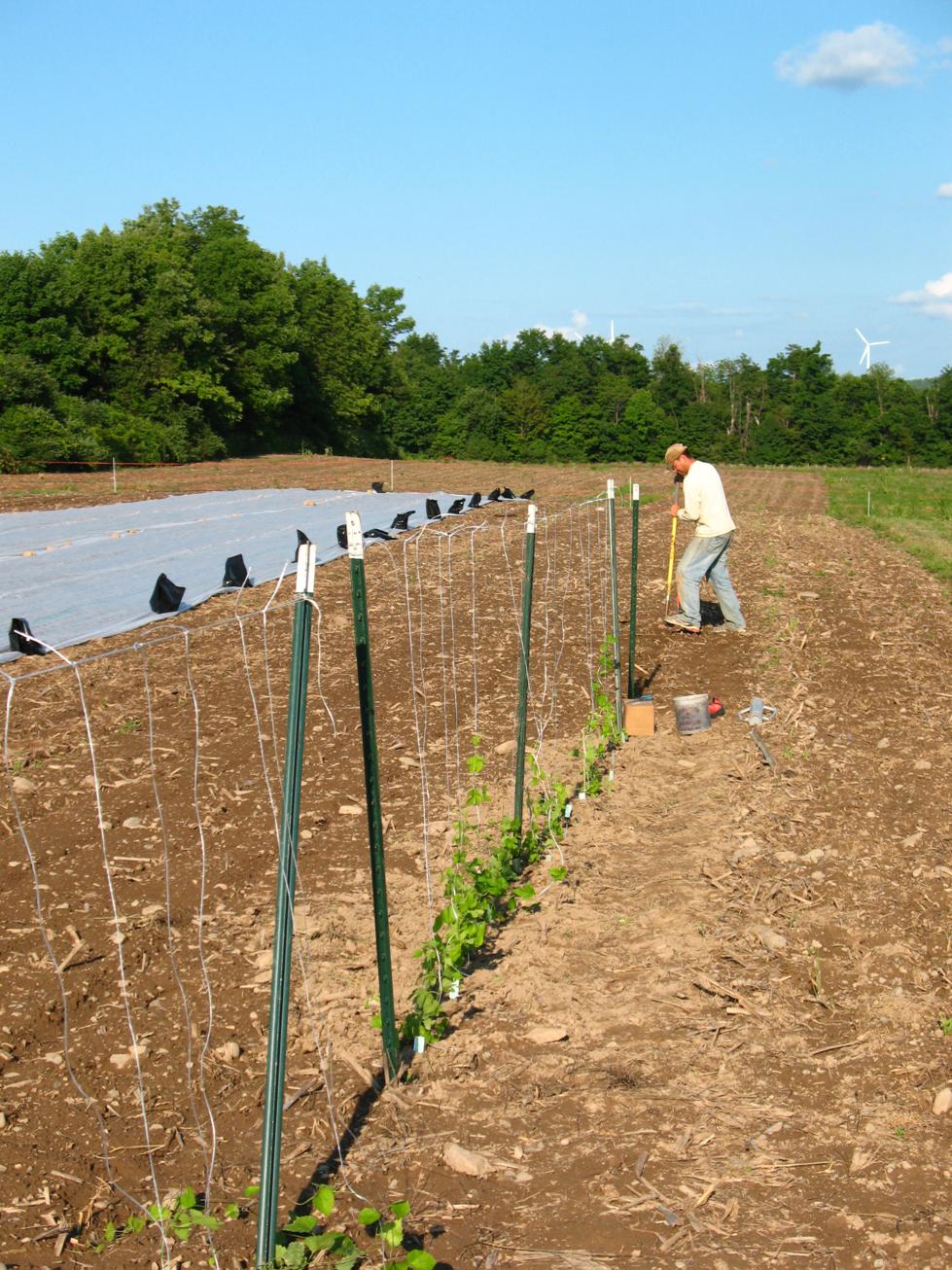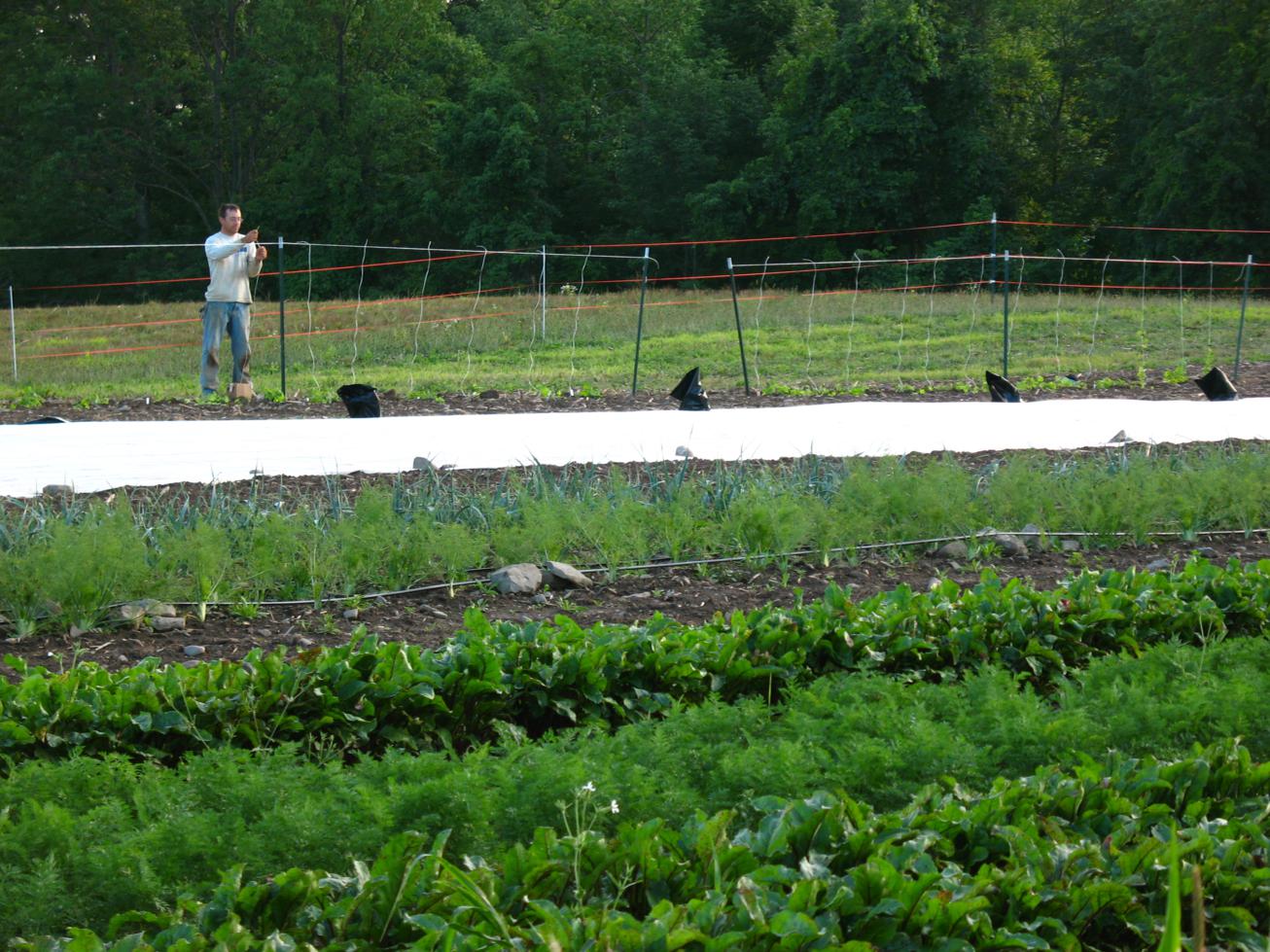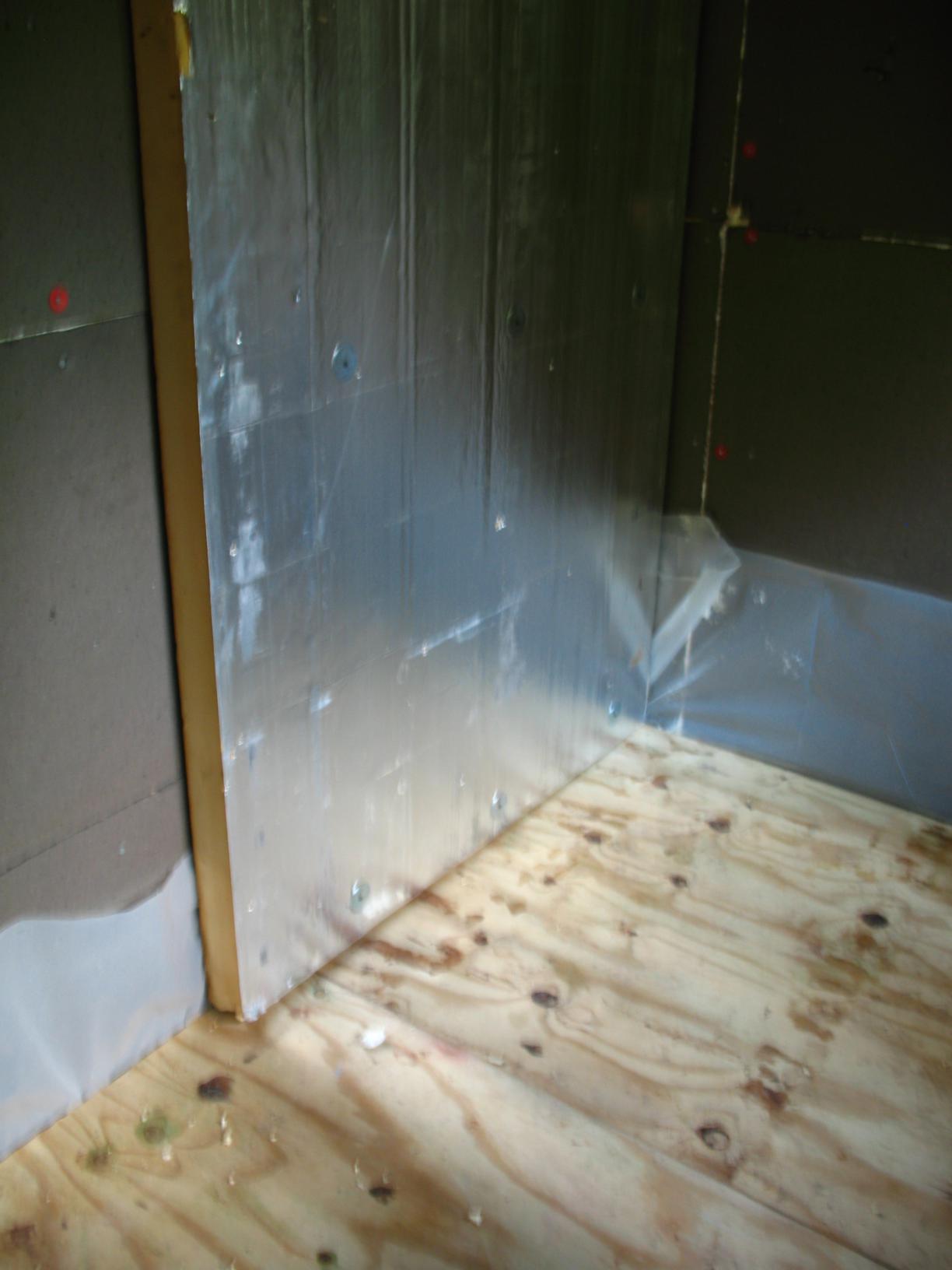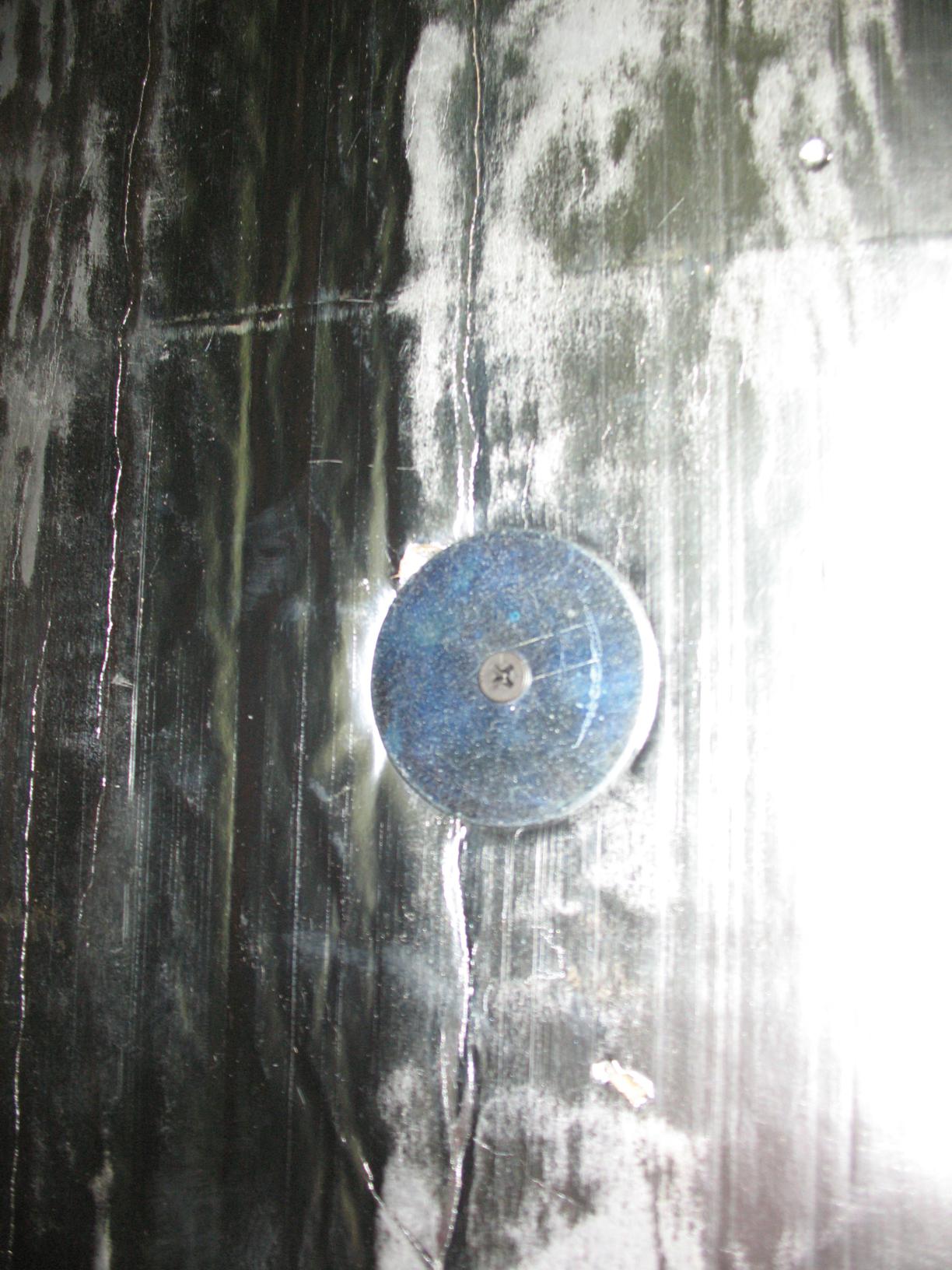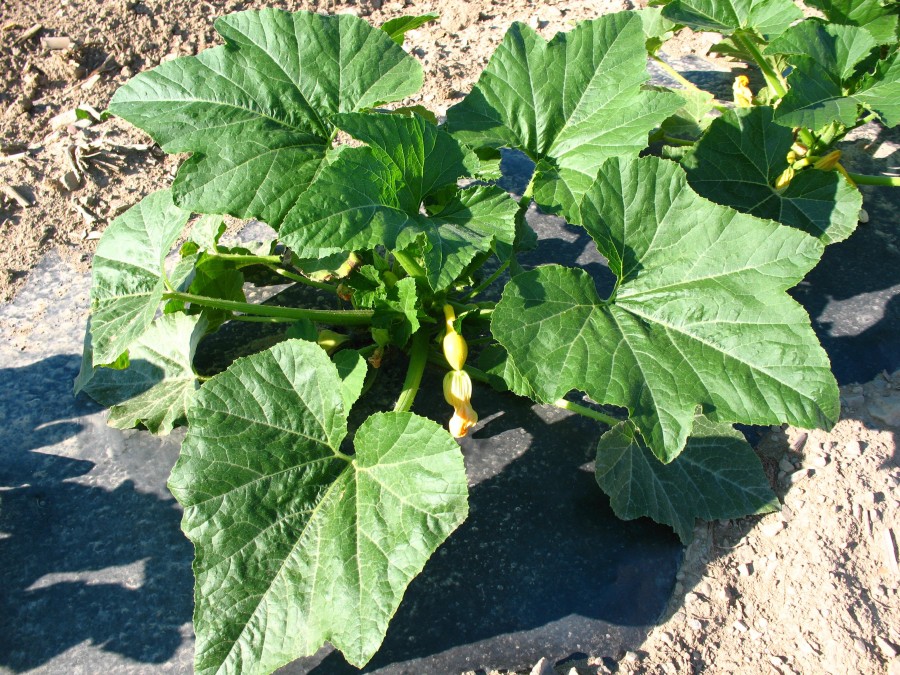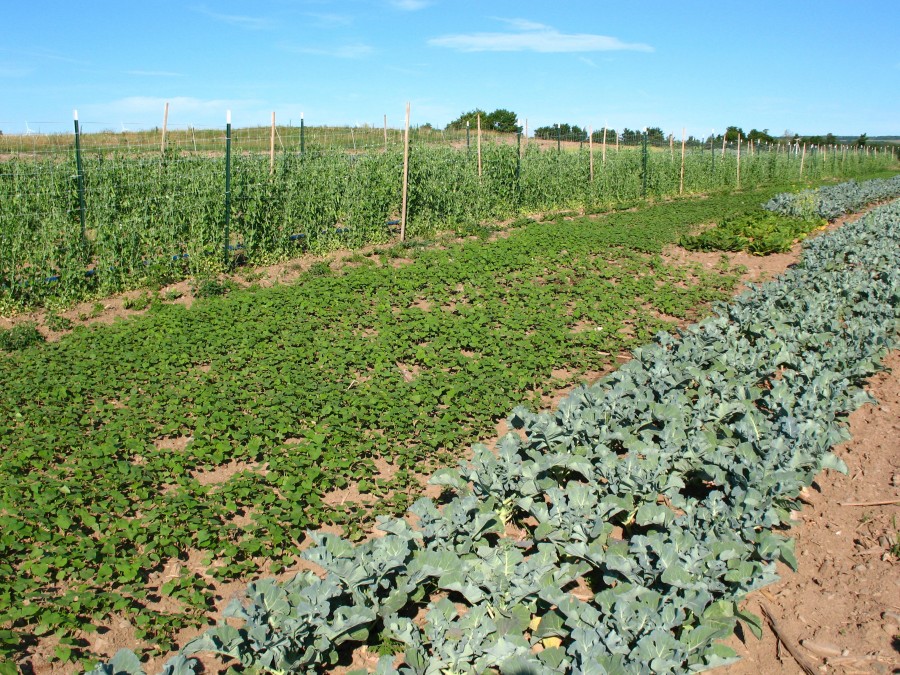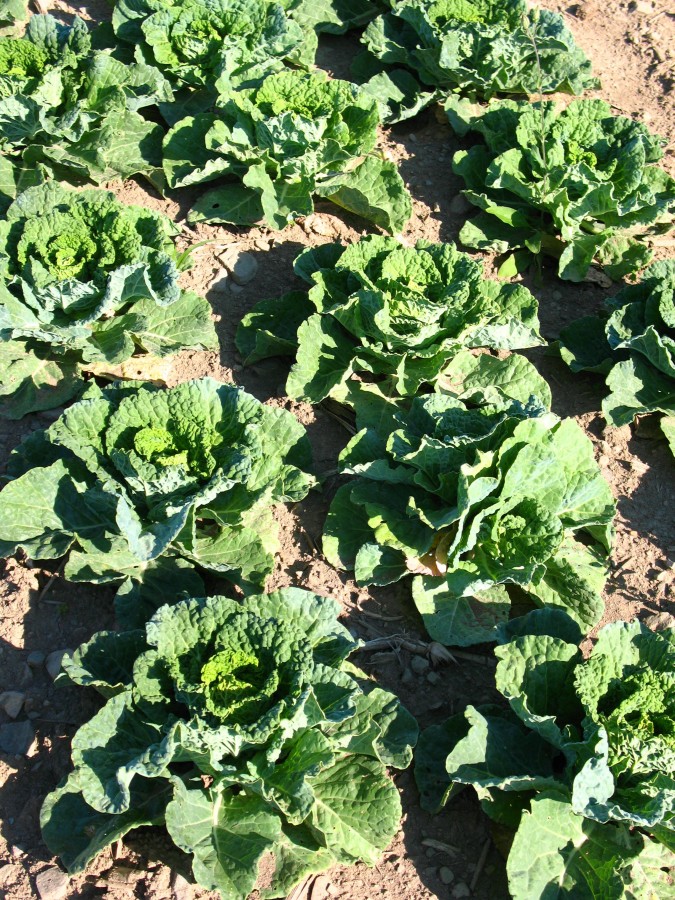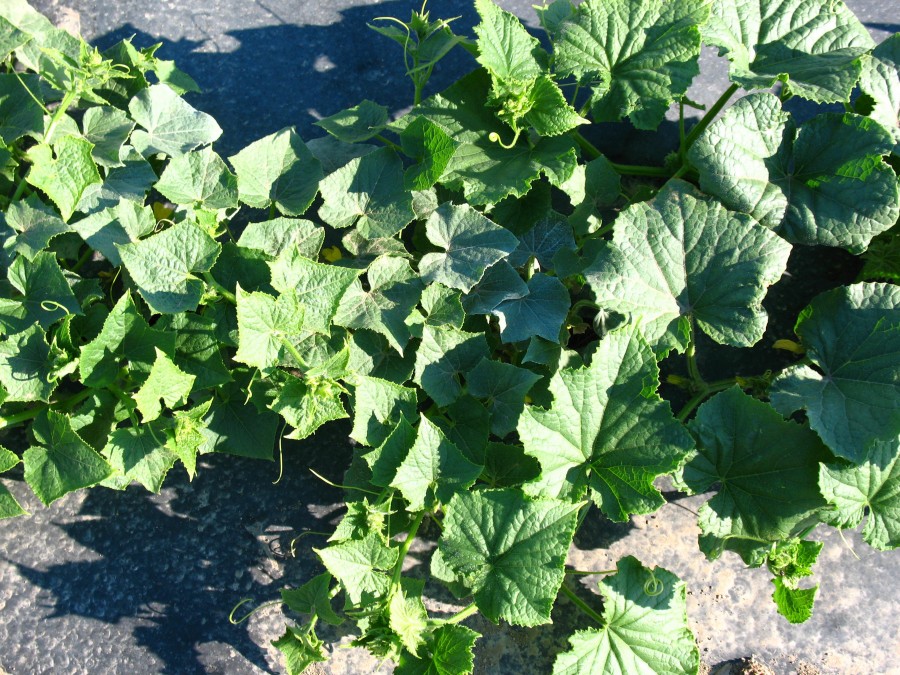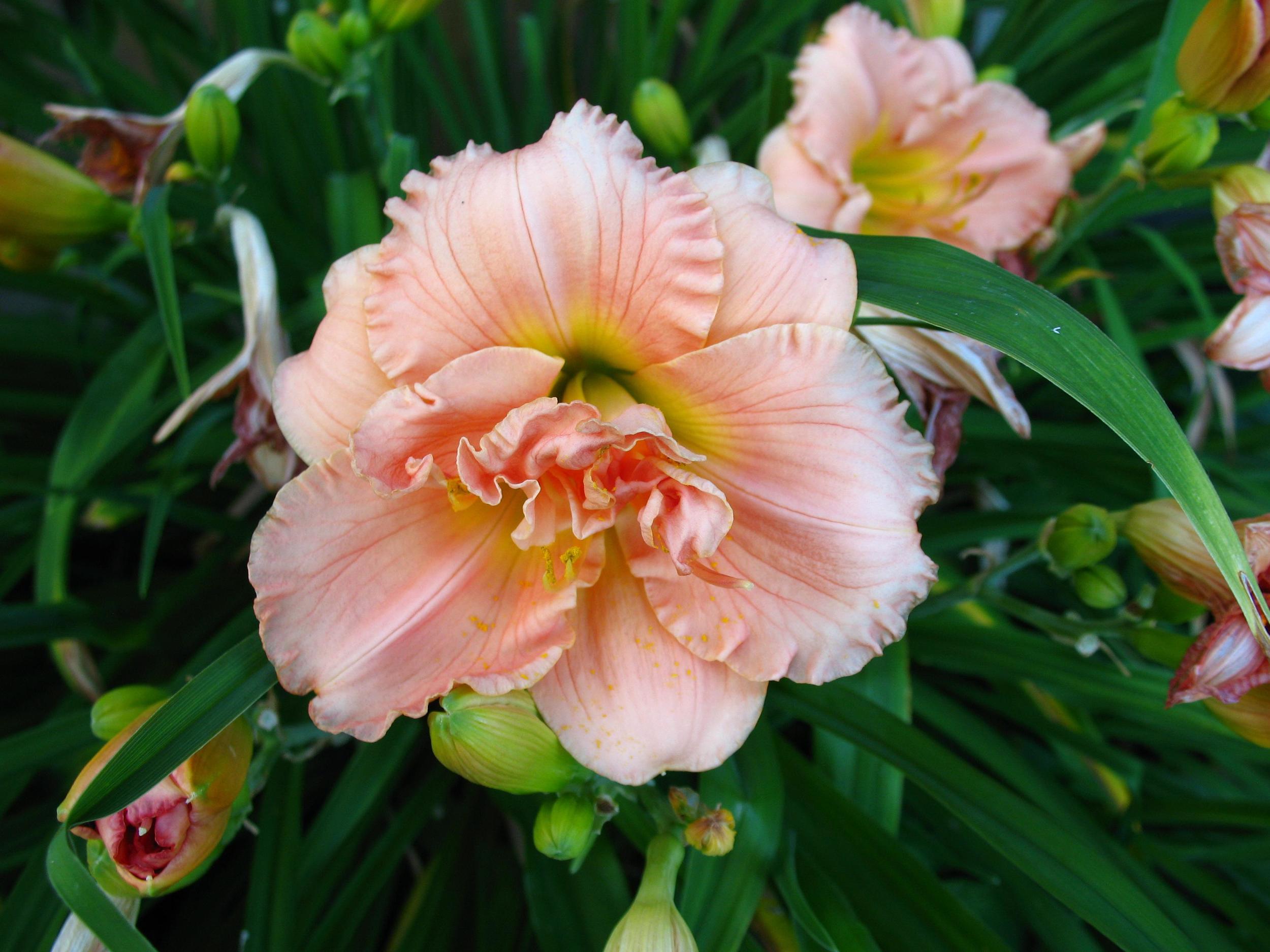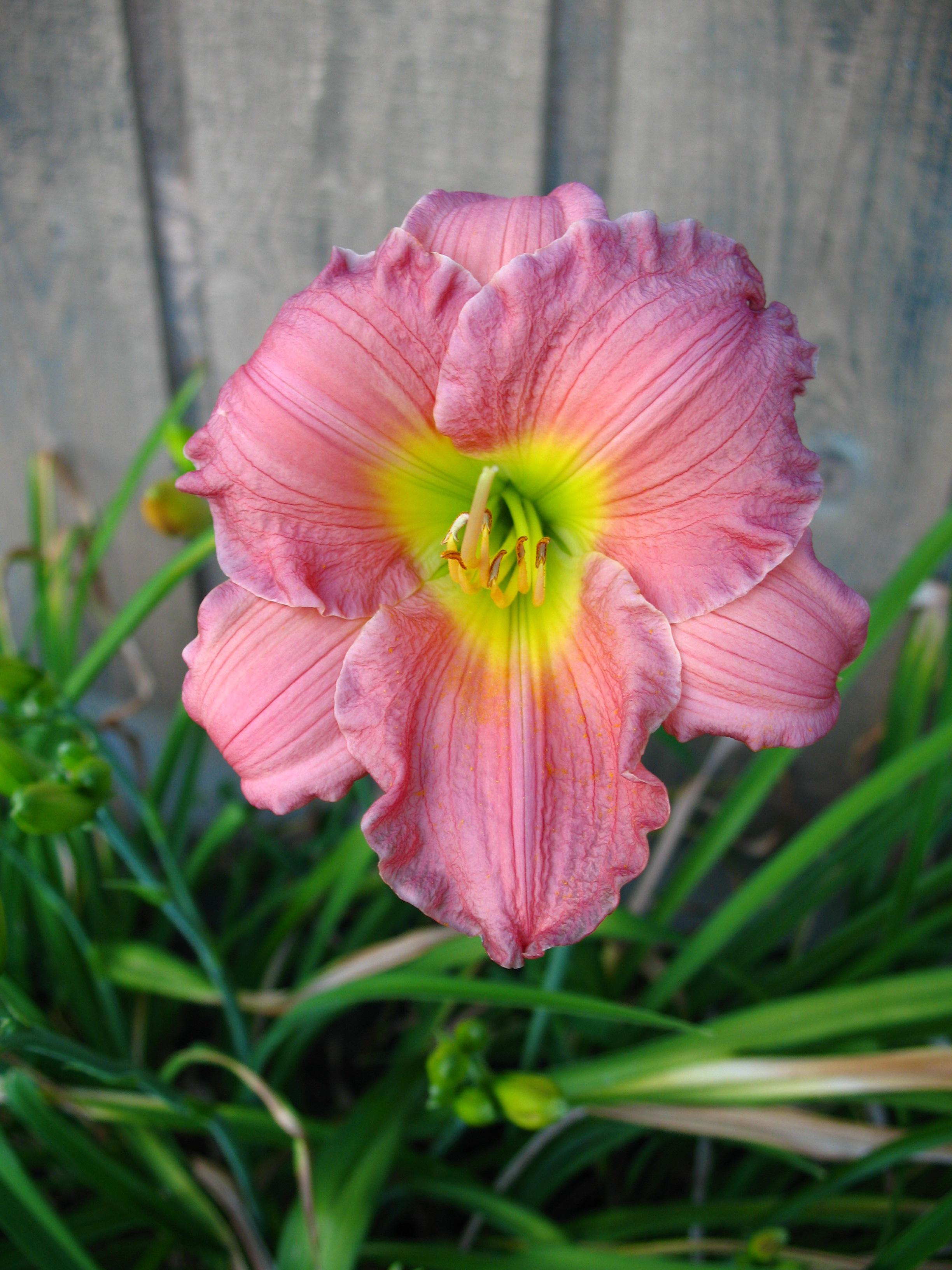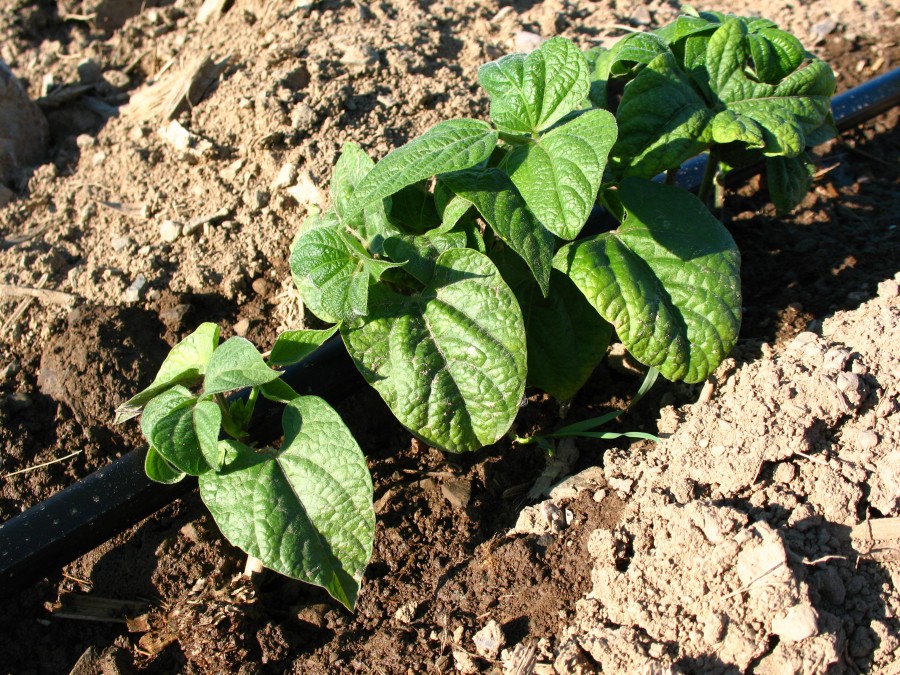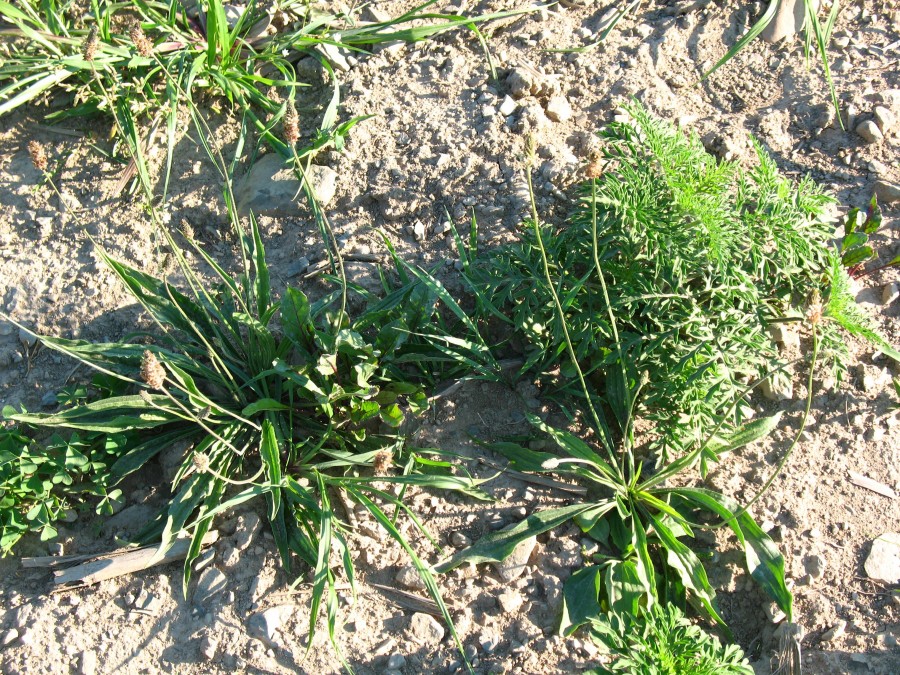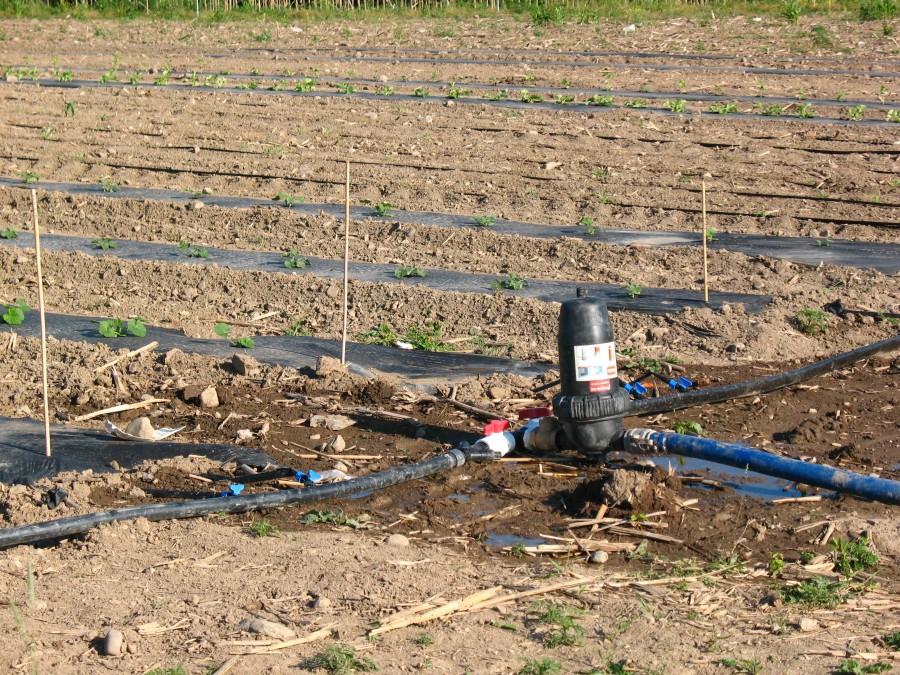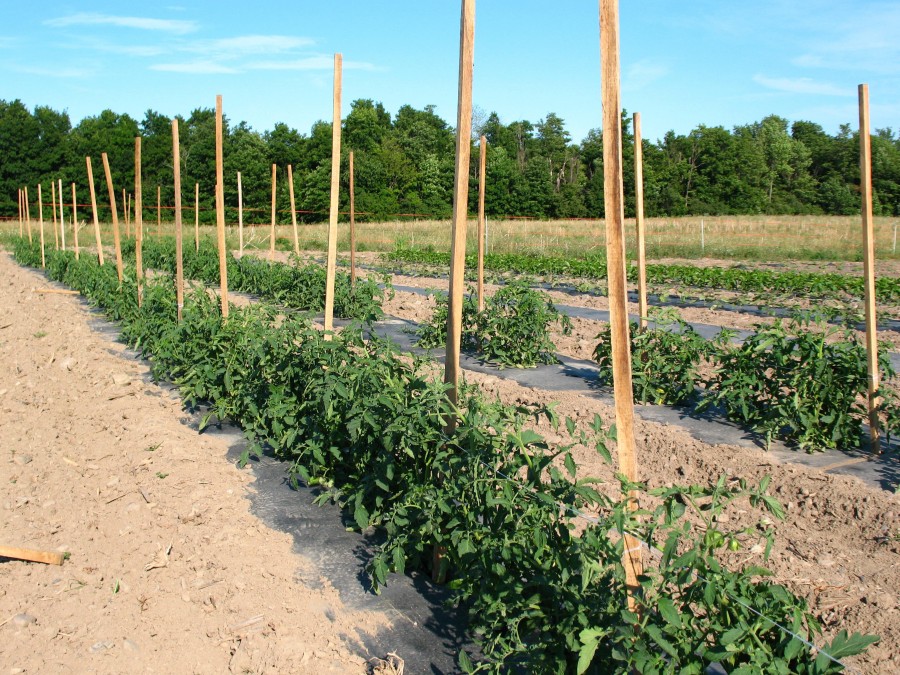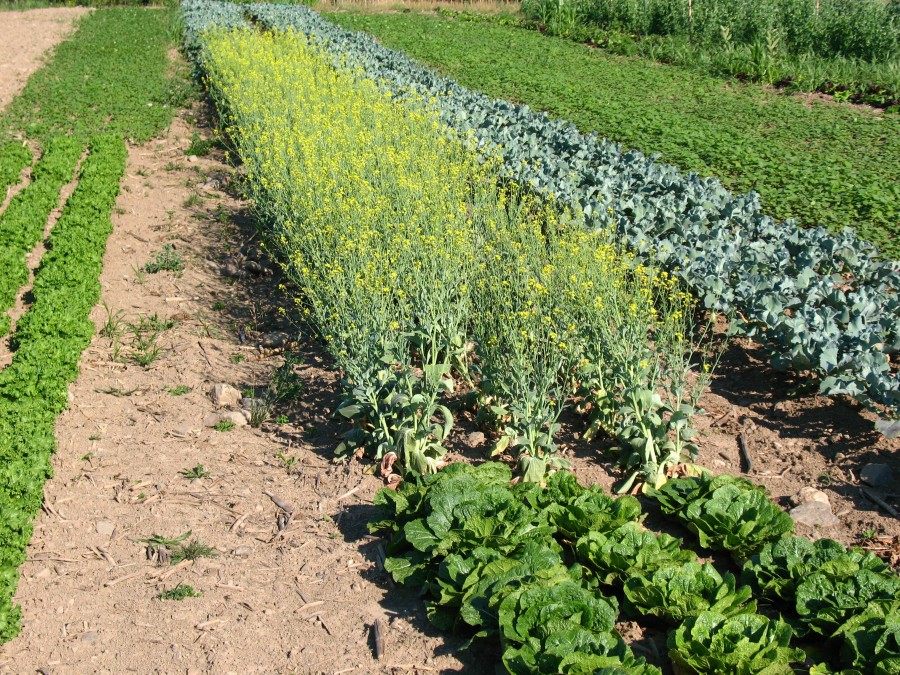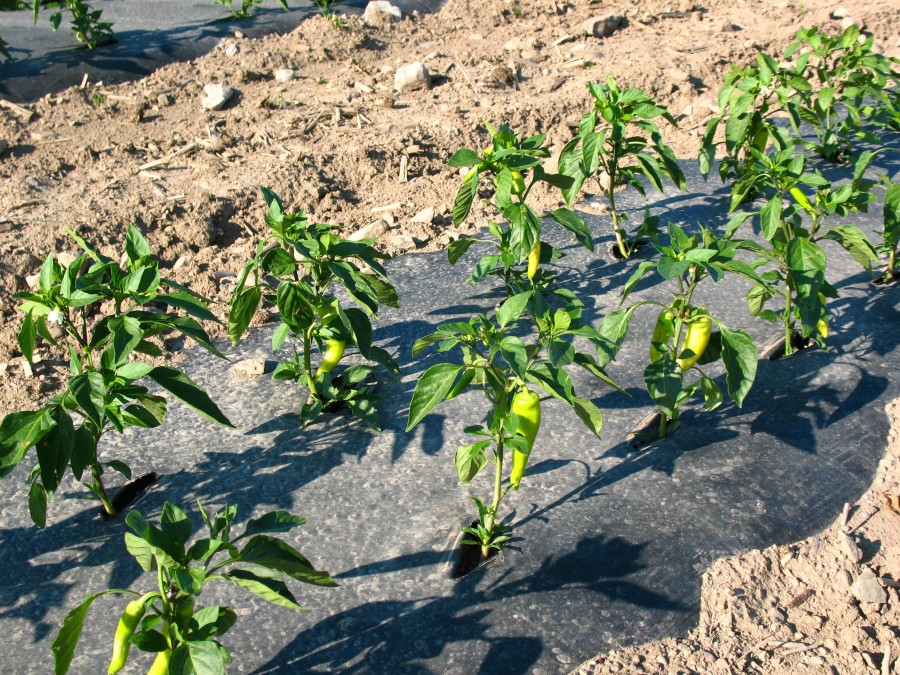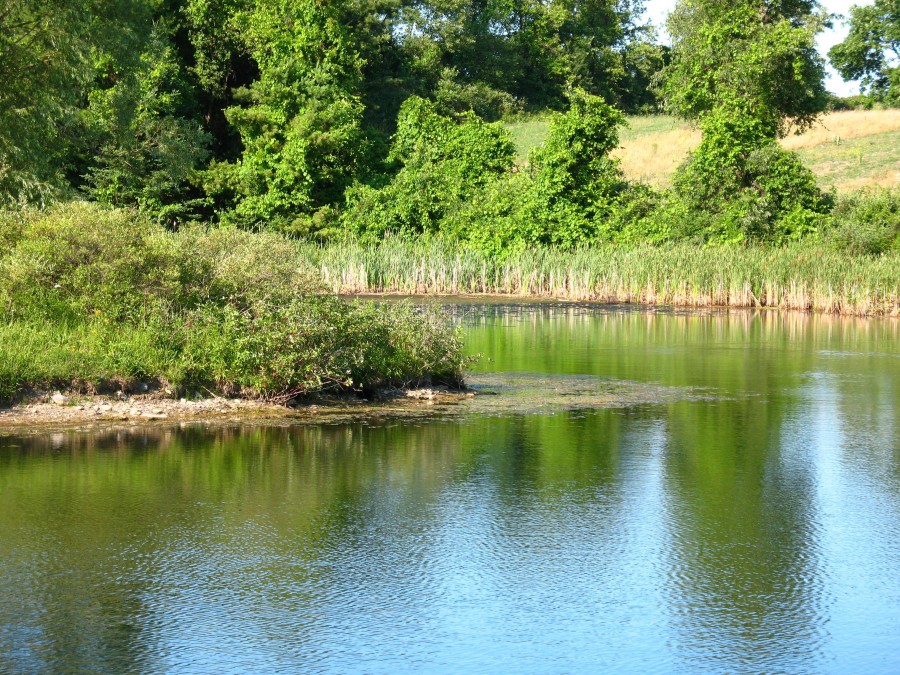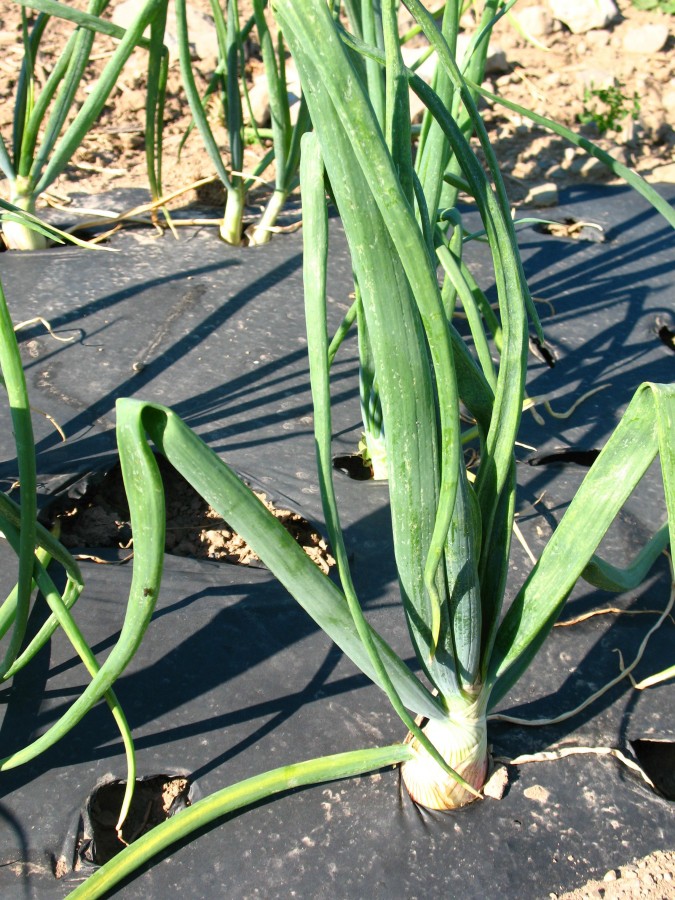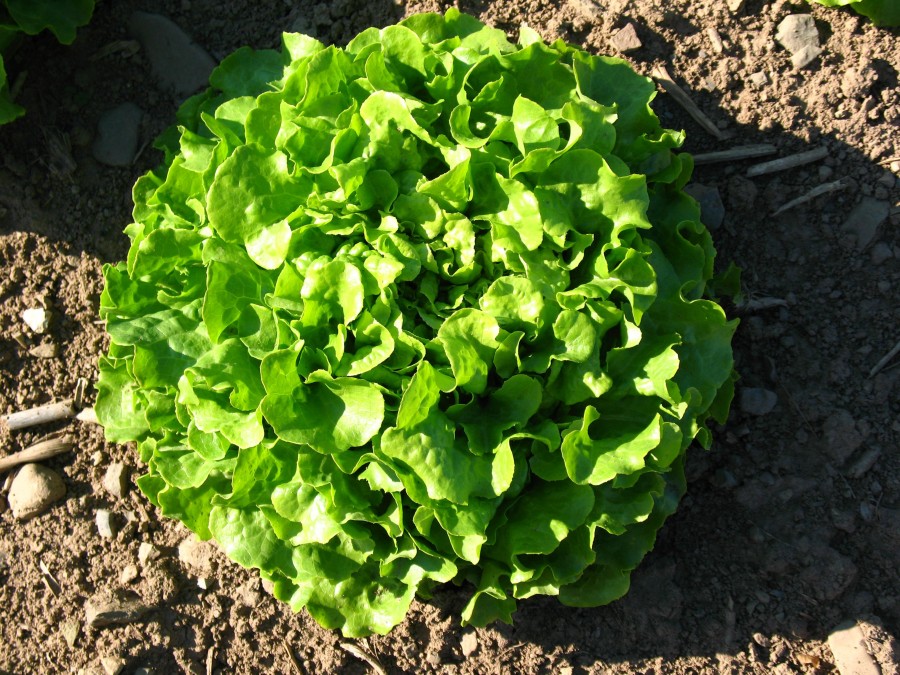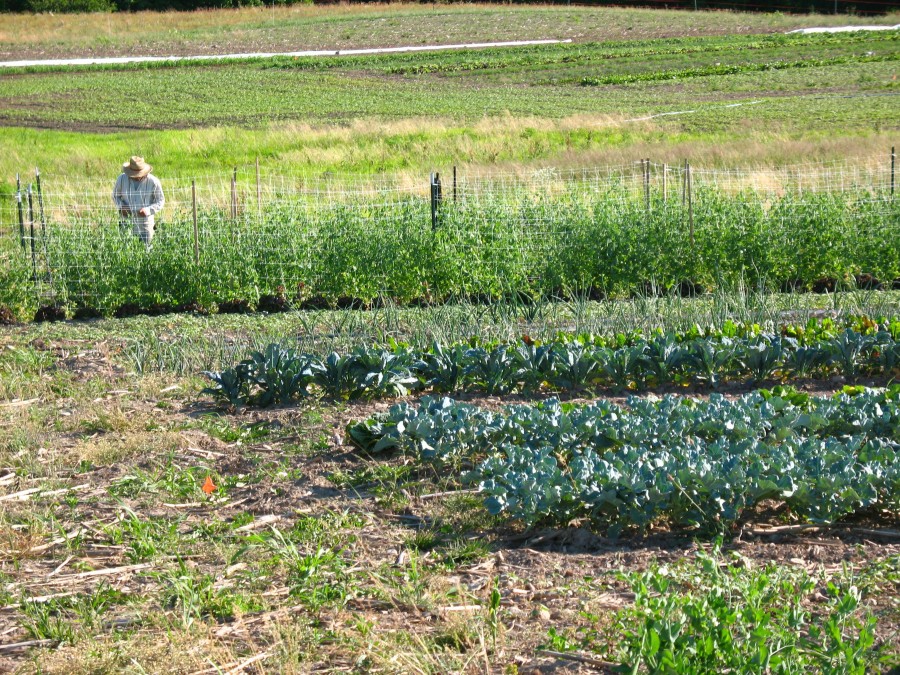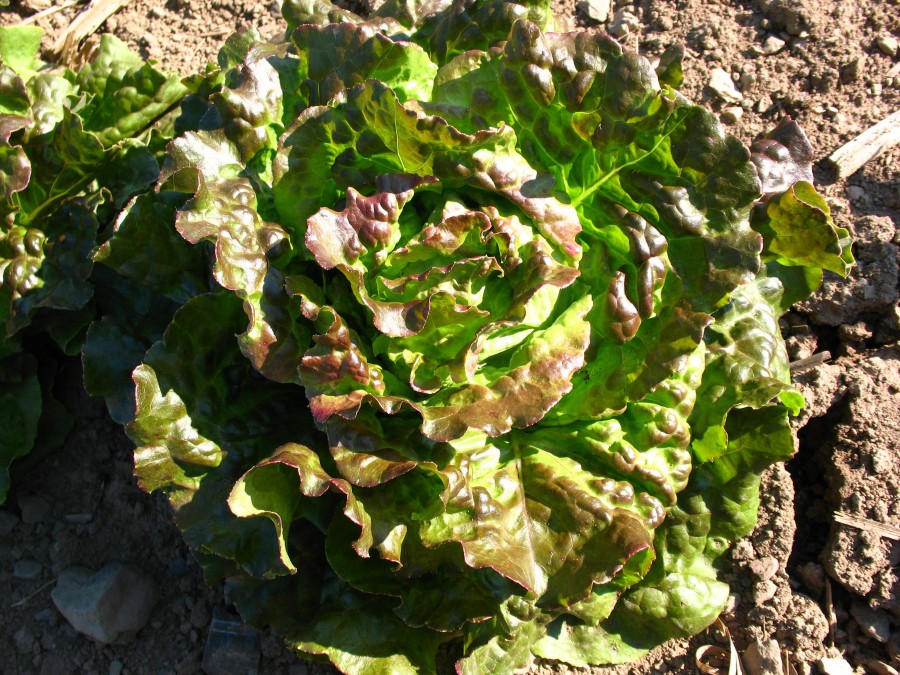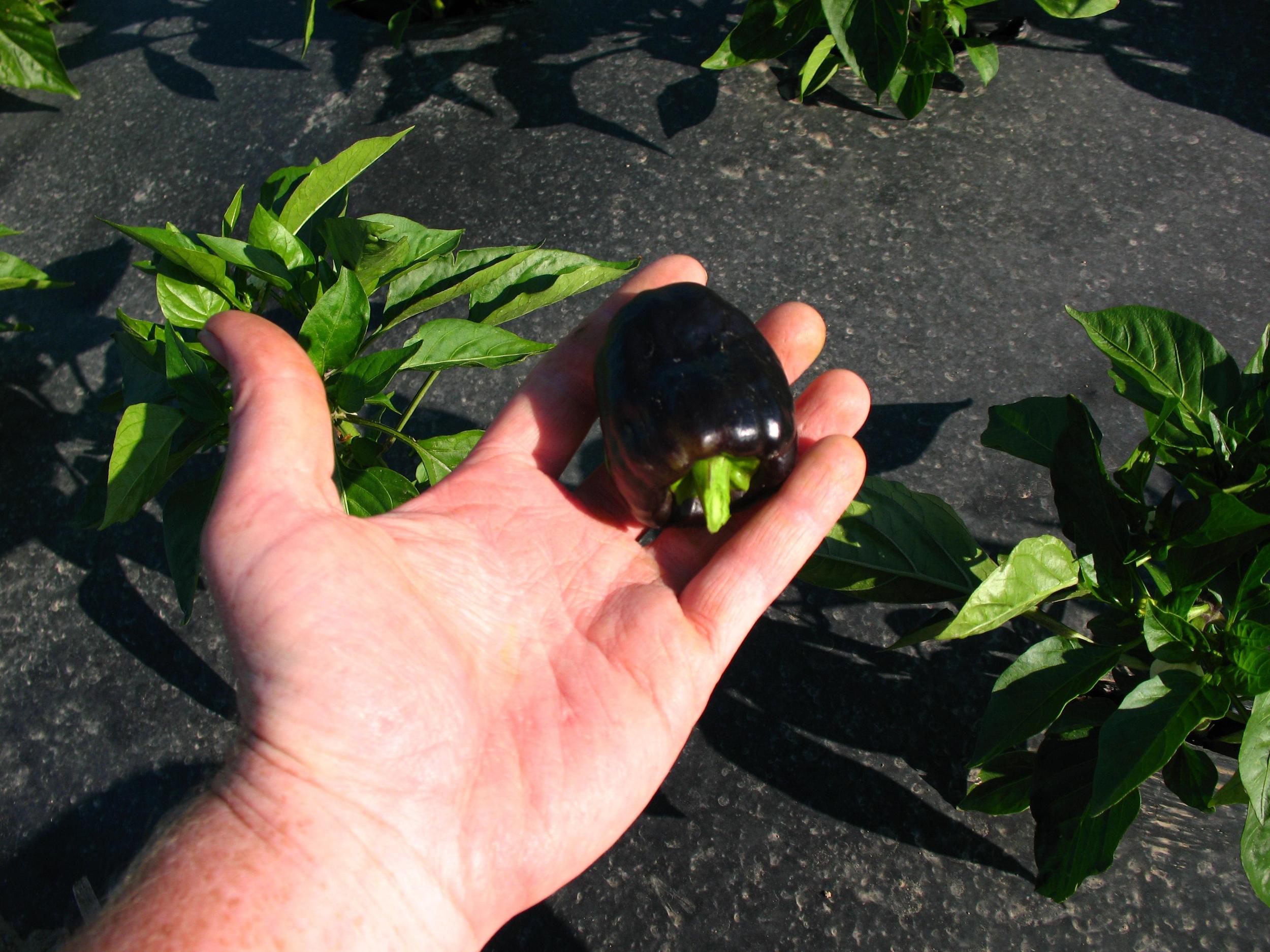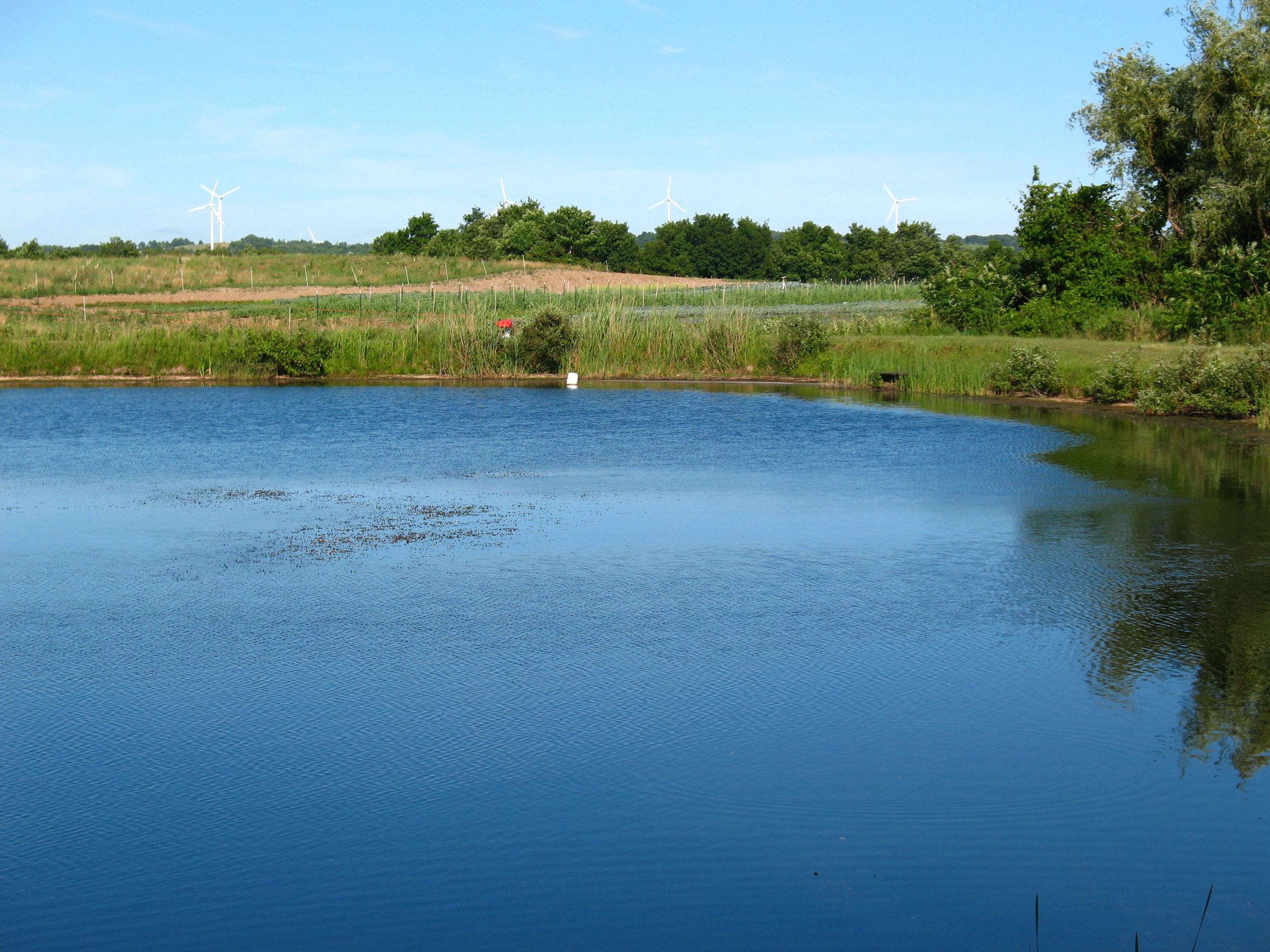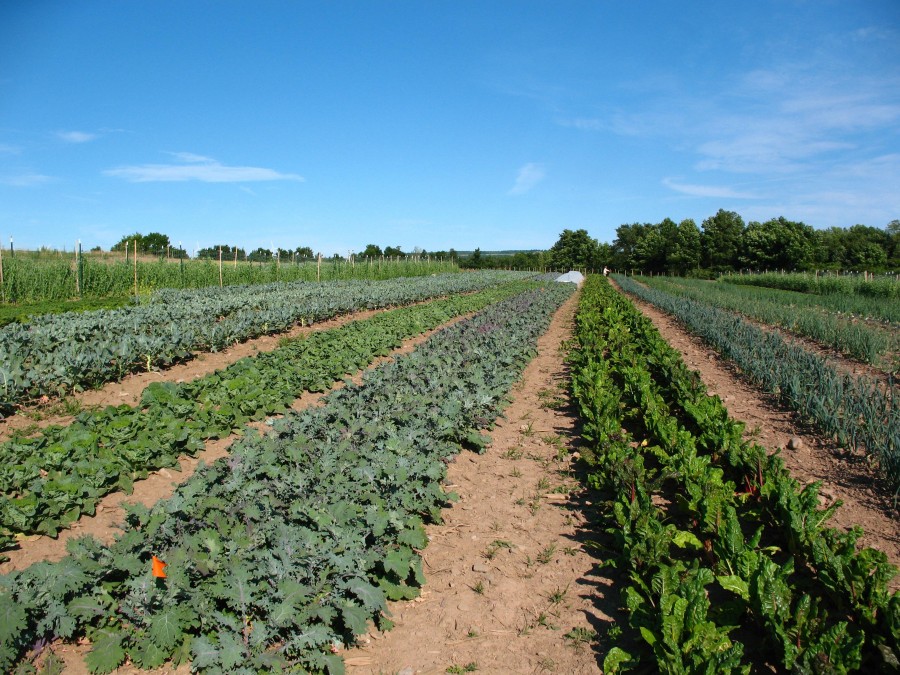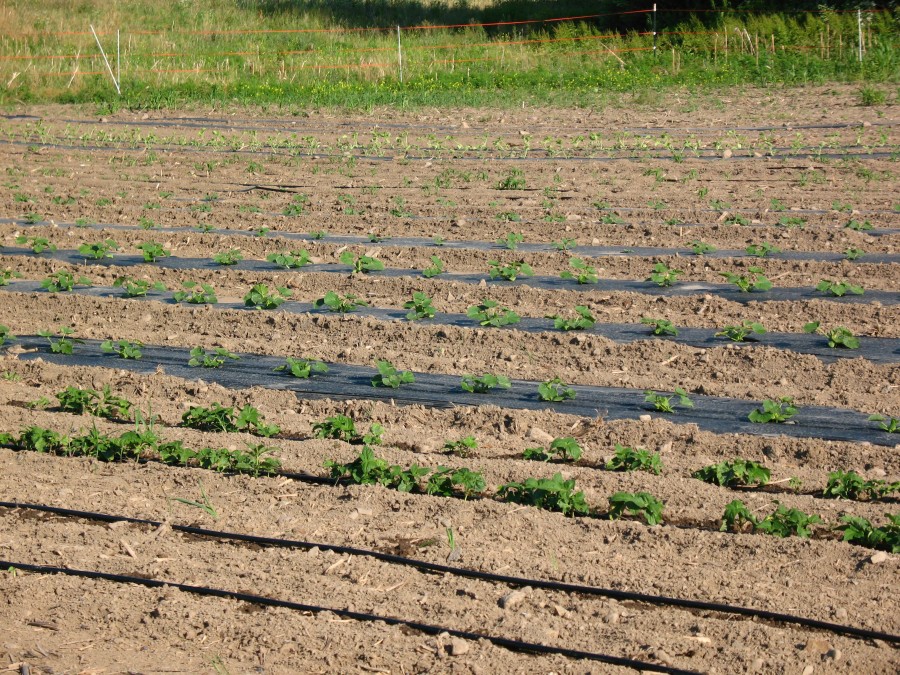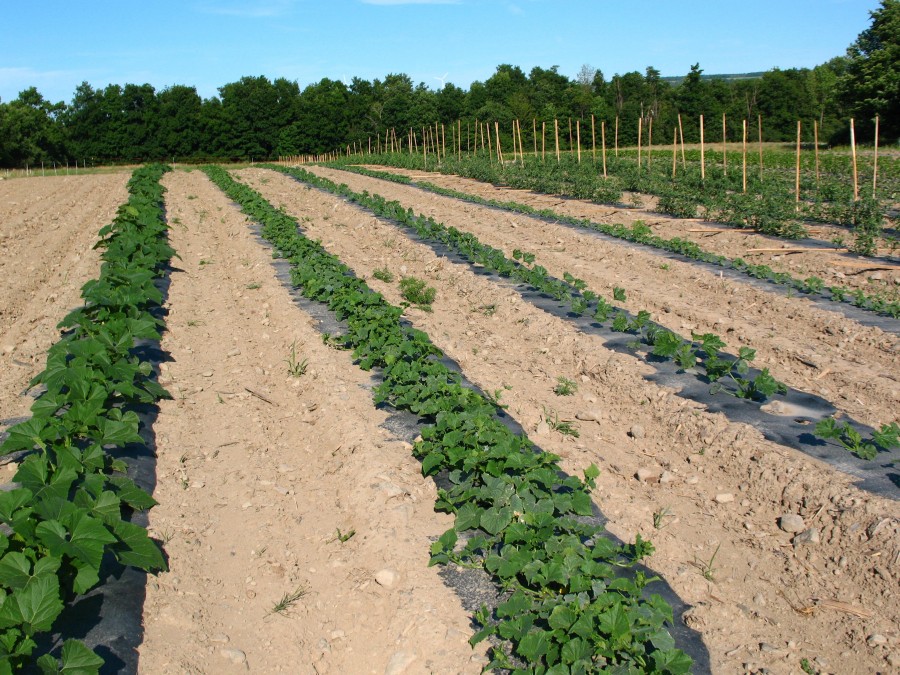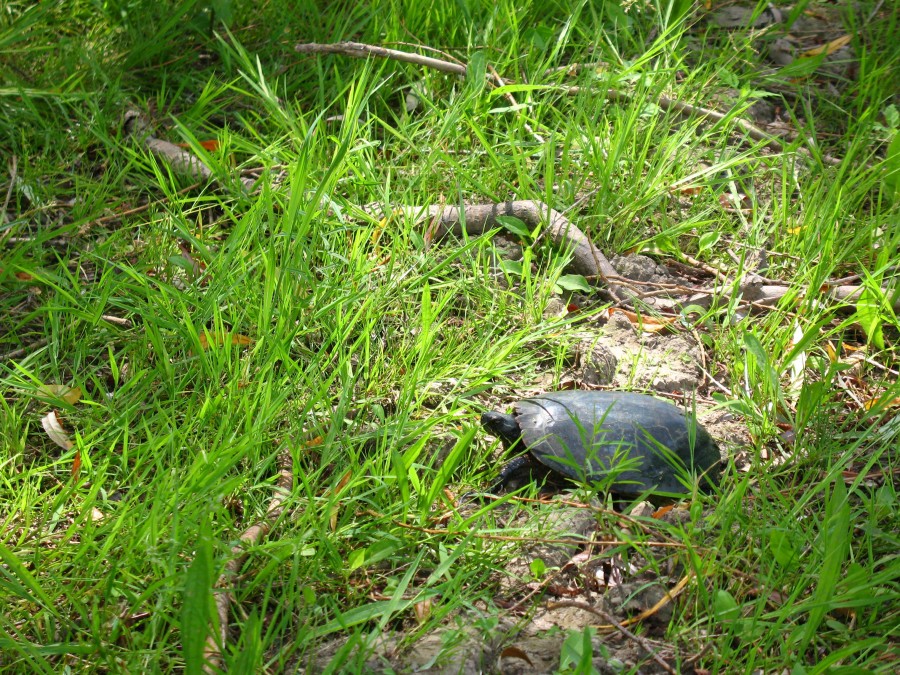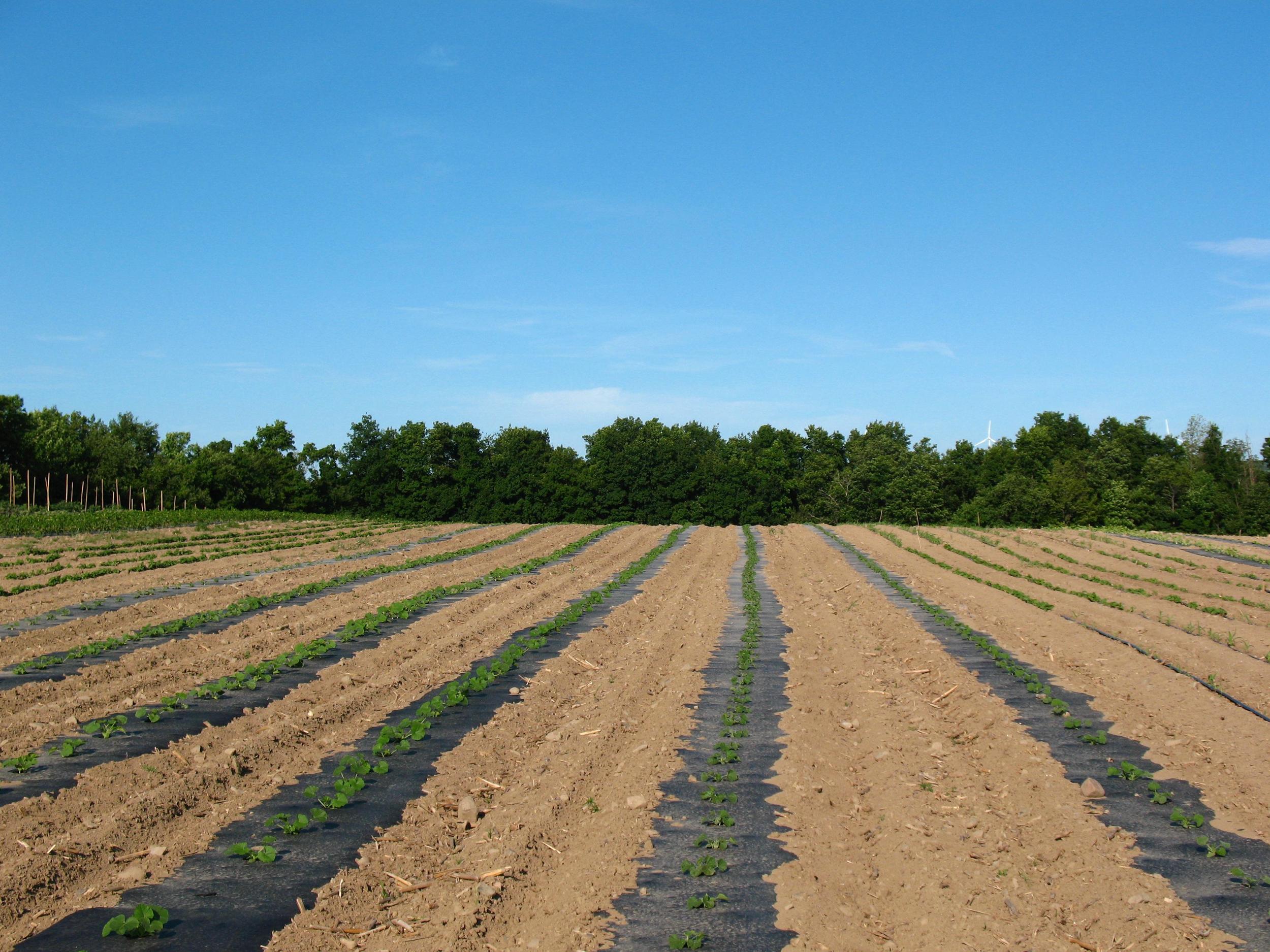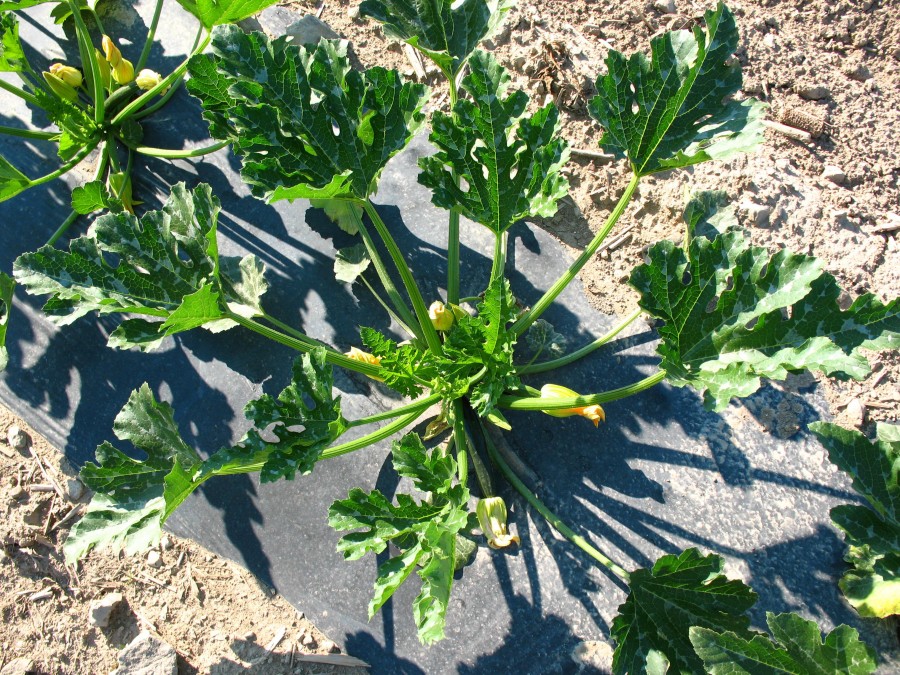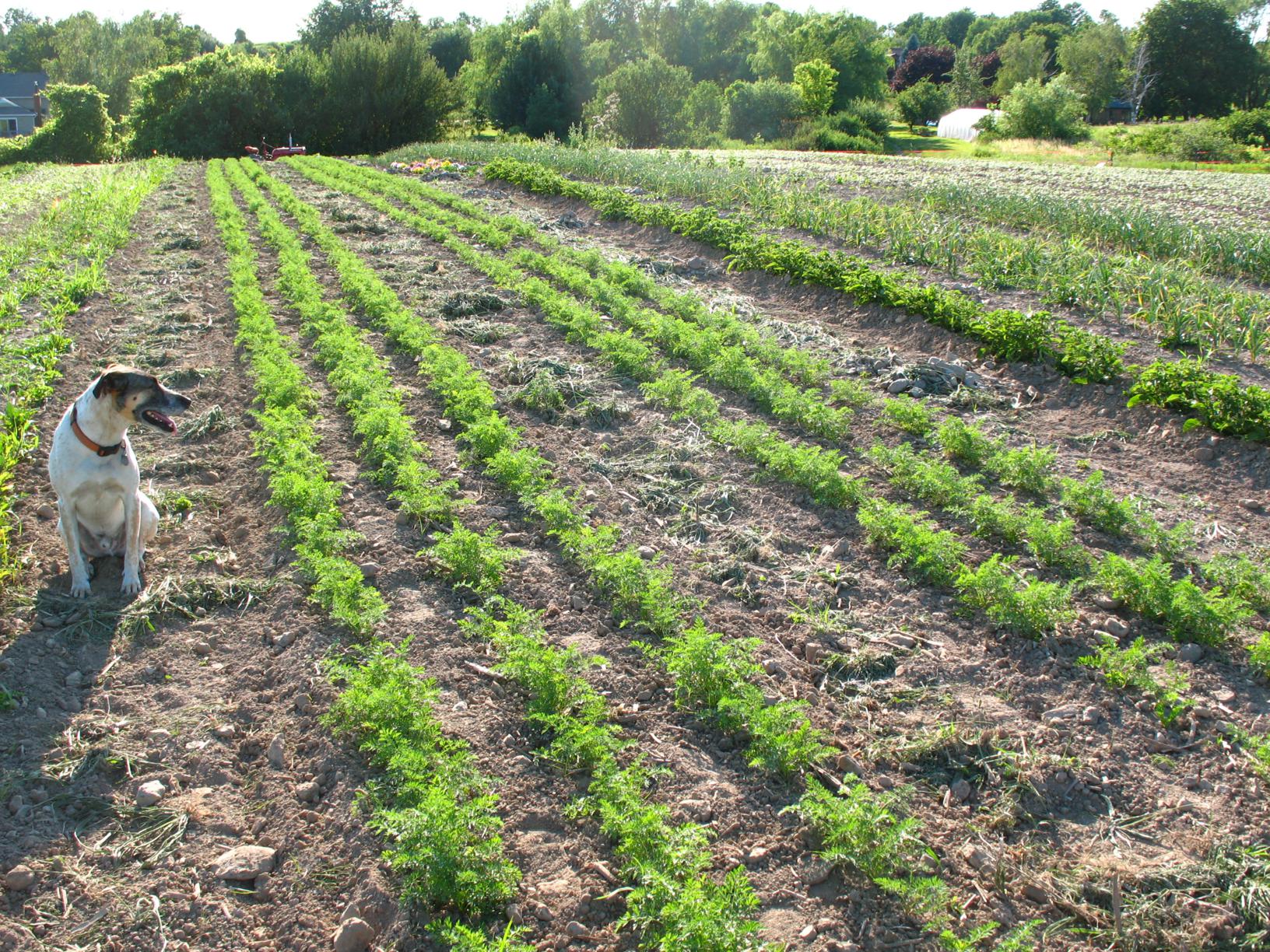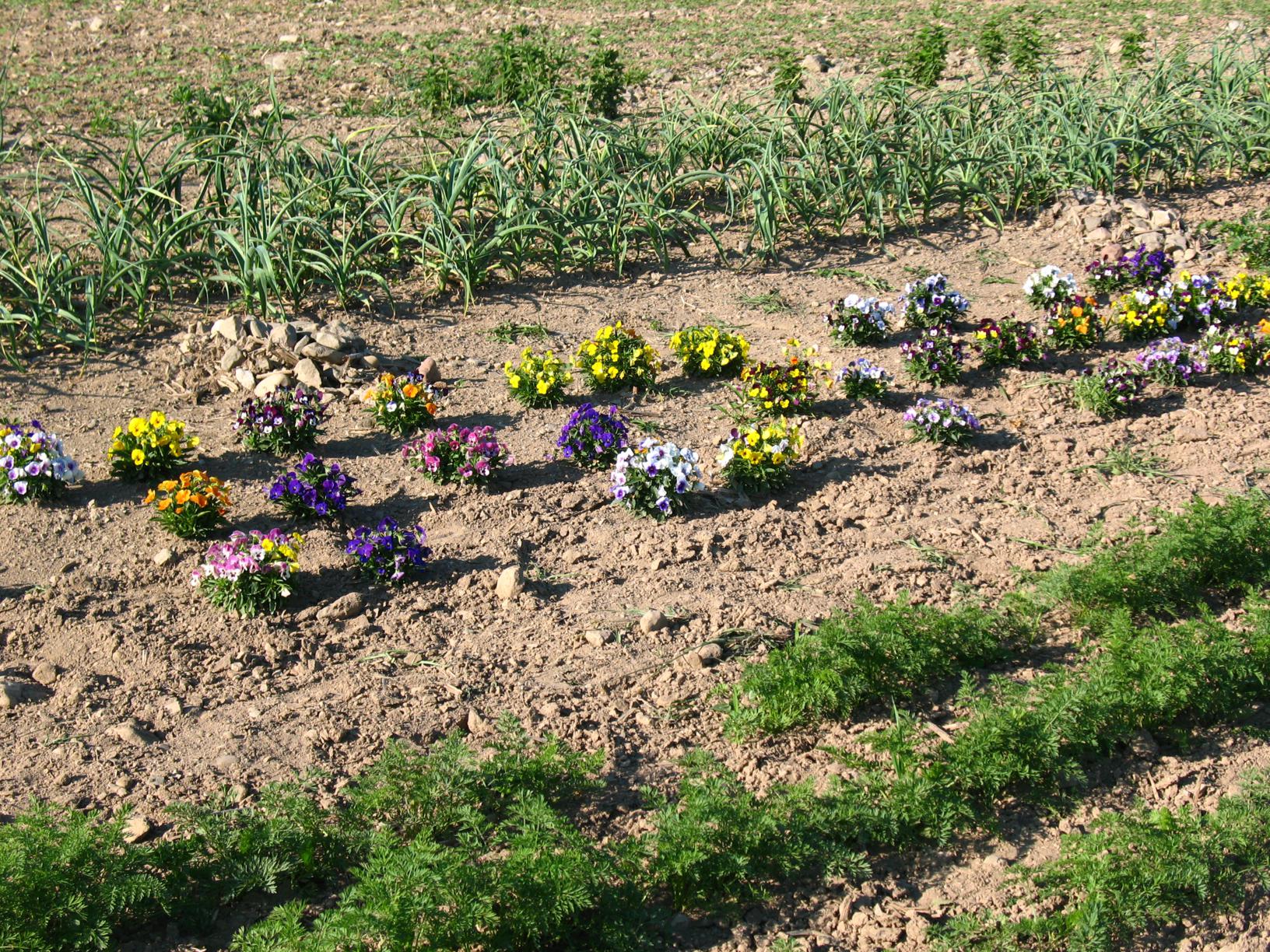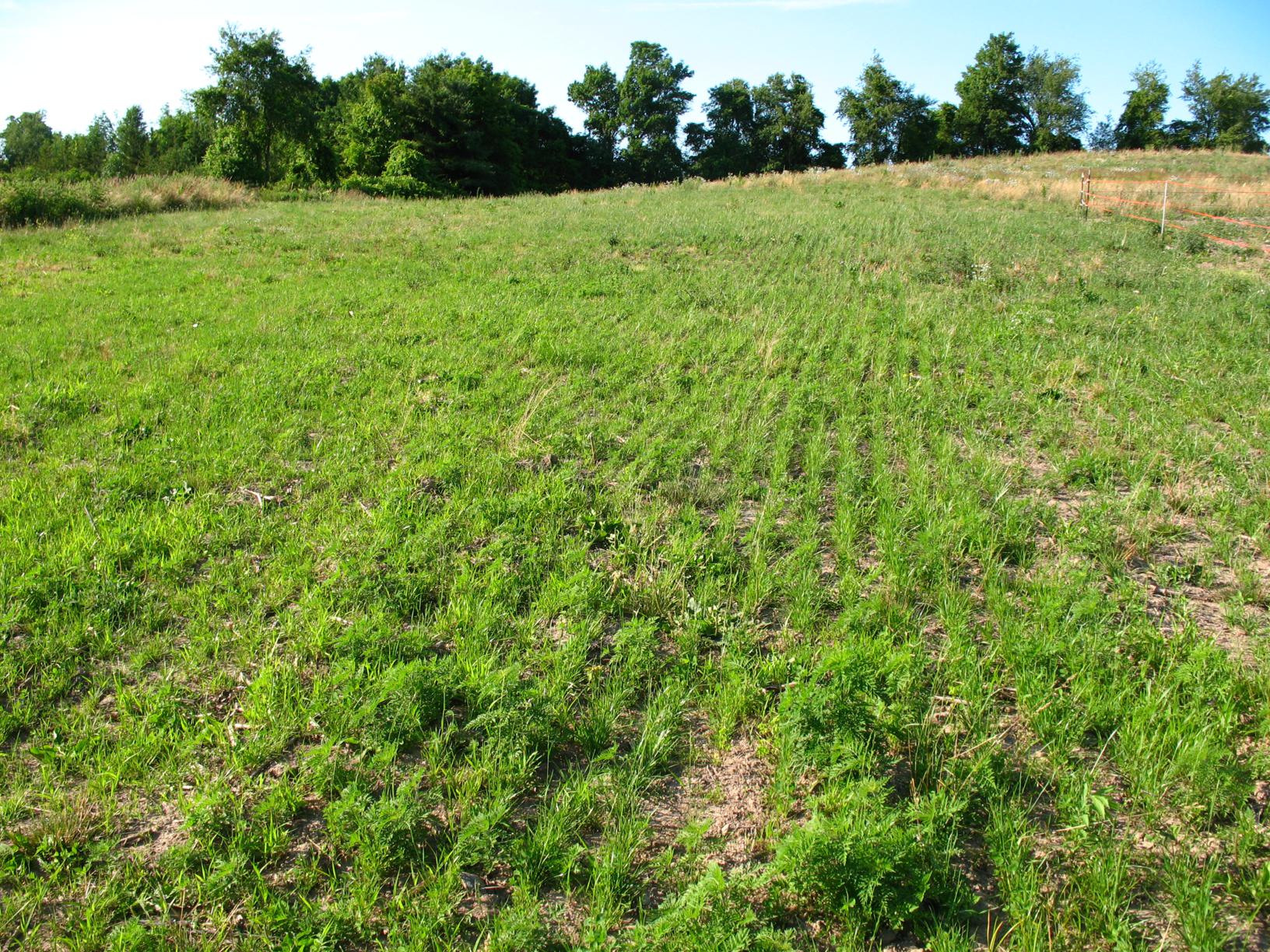Resting and Regrouping!
/After a busy fall on the farm, we've been silent on the blog for a few weeks as we work on re-tooling the website and regrouping from the season. We are working to get the 2013 CSA sign-up material up (hopefully this week)... it's held up as we decide which additional farmers market to add for 2013, since we try to space out market and CSA harvest days!

Folks have been asking what happens on the farm in the winter, and our answer is, "A lot!" First, we do relax a bit, sleep in (well, farmer sleeping in, which means until 6 or so!), and eat a lot more farm food (since we have more time to cook).
We do still have a few things going on in the field. This week's warm spell will likely be our last harvest window to get in the final turnips, radishes, carrots, and beets. After these crops all come into the walk-in cooler (which now doubles as a root cellar), we will roll up all our protective row cover and call the vegetable fields done for the season!
Wood is a big winter project--right now we are bringing in the wood cut late last winter to split and dry further in the greenhouse. We need wood for our house, for our greenhouse (we are switching from propane heat to a wood/oil boiler this winter), and for boiling down maple syrup. Right now, we are just cutting wood at the south edges of the fields (which will reduce shade in the edges of the growing area) and in a section where some of the trees have lots of galls. As the maples grow larger, we will start doing more selective thinning to improve the sugar maple stand (but that's a few years off!).
Out of the woods, we are working on a few building projects, including a permanent wash stand and storage area, a new hoophouse, a better potting area and propagation chamber for the greenhouse, and a slew of smaller construction activities.
The most important work we are focusing on now is in the office! Besides working to revamp and improve the website, we are assessing how things went this past season to see where we can improve things for next year. After this assessment is done, we start working on our crop planning. This is a huge task since it essentially entails figuring out the timing of every planting of each variety of crop we grow--which for some crops is up to 20 plantings and 15 varieties! We need to complete this by early January in order to get our seed orders in.
We'll get some more winter pictures of the fields up soon!




